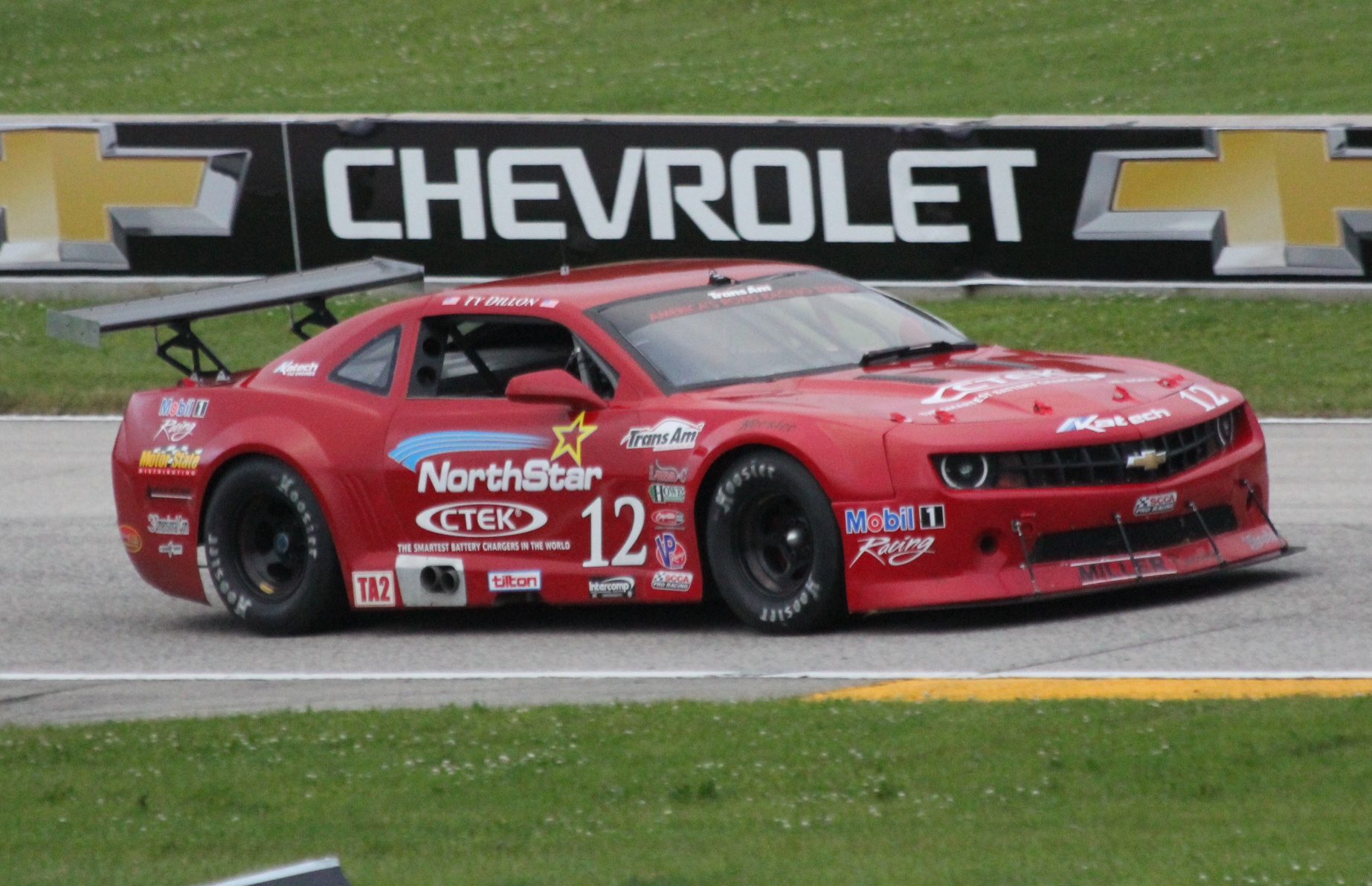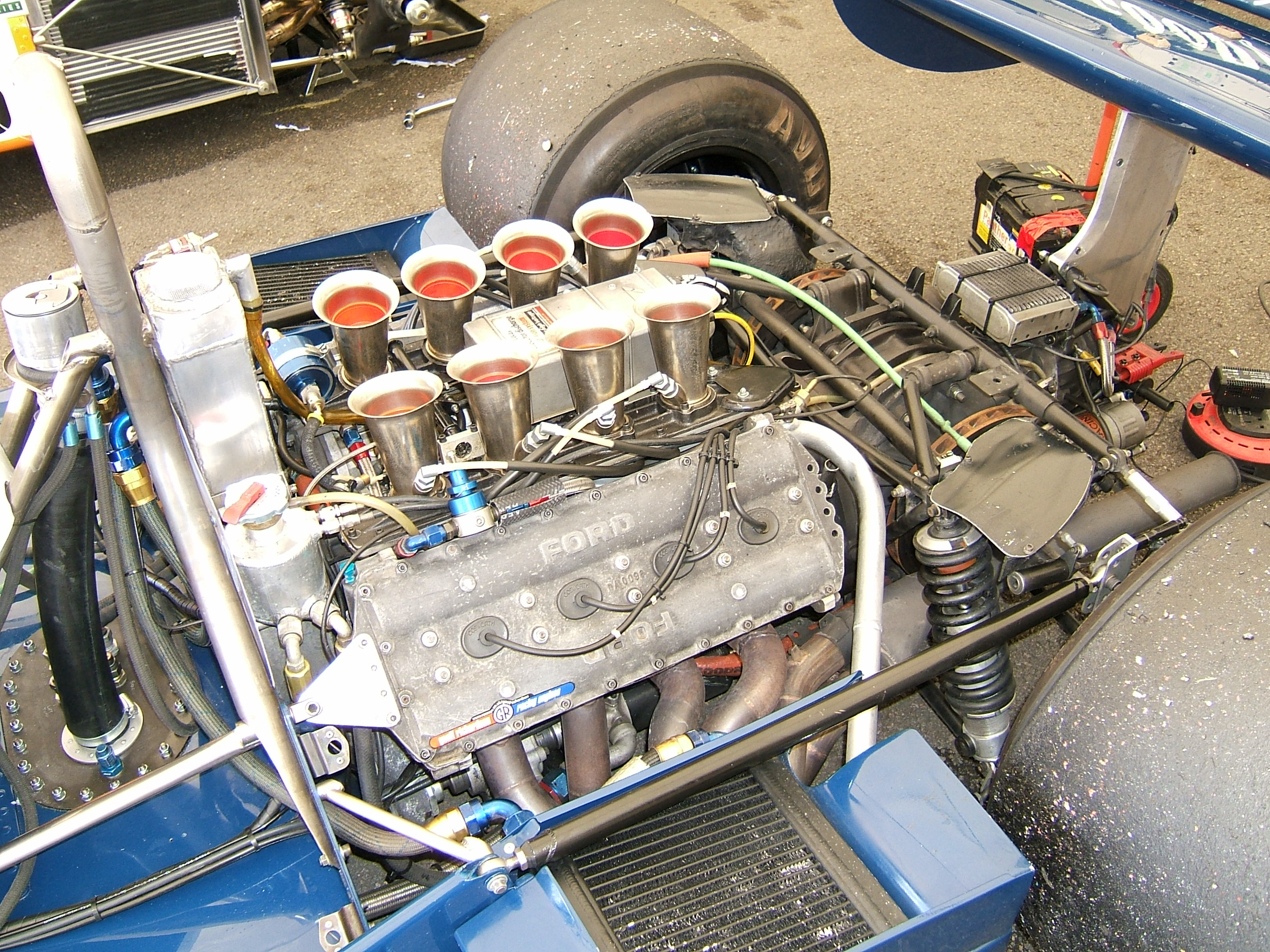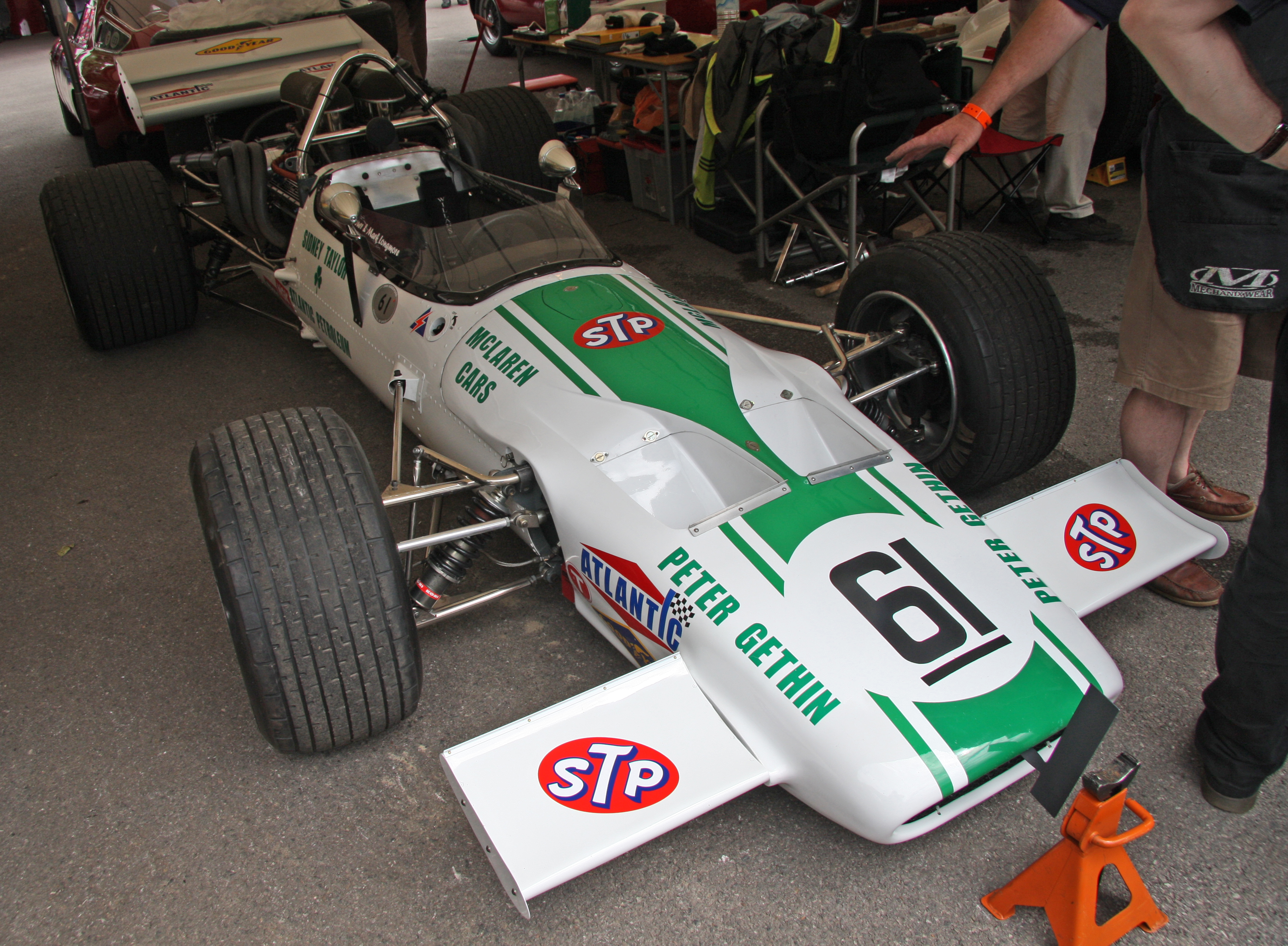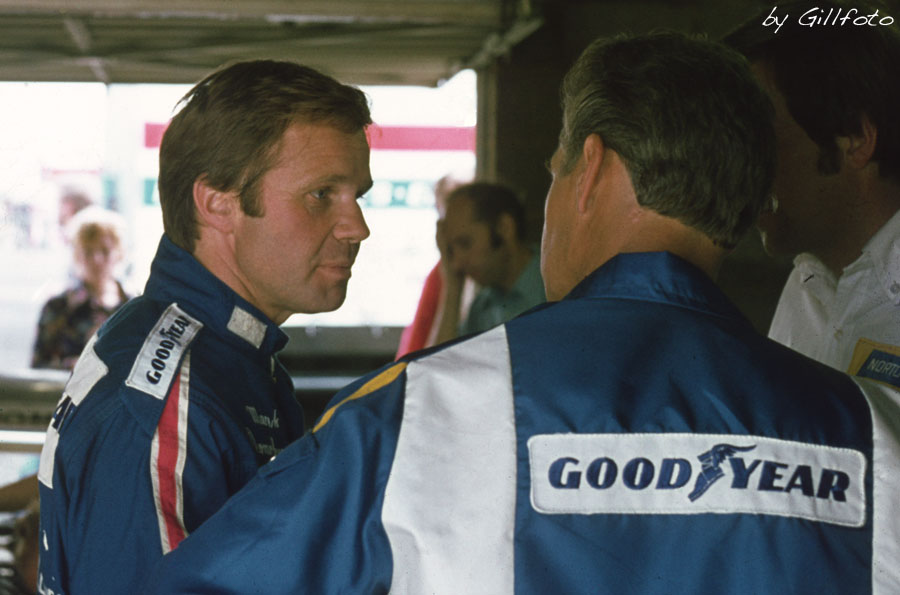|
1970 SCCA Continental Championship
The 1970 SCCA Continental Championship was the fourth annual running of the Sports Car Club of America's professional open wheel racing series.Wolfgang Kopfler, Formula A and Formula 5000 in America - Race by Race, 2003, pages 7 to 35 The championship was open to Formula A cars,Wolfgang Kopfler, Formula A and Formula 5000 in America - Race by Race, 2003, pages 34 to 35 with both 305 cubic inch "stock block" V8 engines and 183 cubic inch "free design" engines being permitted in that category.''Continental Championship'', Official Program, Oregon Grand Prix Road Races, September 12-13 1970, www.oregonscca.com Retrieved on 22 March 2014 For the first time in the history of the series, drivers competed for the L&M ... [...More Info...] [...Related Items...] OR: [Wikipedia] [Google] [Baidu] |
Sports Car Club Of America
The Sports Car Club of America (SCCA) is a non-profit American automobile club and sanctioning body supporting road racing, rallying, and autocross in the United States. Formed in 1944, it runs many programs for both amateur and professional racers. History The SCCA traces its roots to the Automobile Racing Club of America (not to be confused with the current stock car series of the same name). ARCA was founded in 1933 by brotherMilesand Sam Collier, and dissolved in 1941 at the outbreak of World War II. The SCCA was formed in 1944 as an enthusiast group. The SCCA began sanctioning road racing in 1948 with the inaugural Watkins Glen Grand Prix. Cameron Argetsinger, an SCCA member and local enthusiast who would later become Director of Pro Racing and Executive Director of the SCCA, helped organize the event for the SCCA. In 1951, the SCCA National Sports Car Championship was formed from existing marquee events around the nation, including Watkins Glen, Pebble Beach, and Elk ... [...More Info...] [...Related Items...] OR: [Wikipedia] [Google] [Baidu] |
Circuit Mont-Tremblant
Circuit Mont-Tremblant () is a race circuit about south of the village of Mont-Tremblant, Quebec, Canada. The name of the village of Saint-Jovite was often included in the name of the circuit, but since the village was amalgamated into Mont-Tremblant in the year 2000, it is no longer considered or functions as an independent entity. History The first two sections of the circuit were built in 1964 and extended by another mile into September 1965. The extension featured long straights and by virtue of the terrain, a small hill. Nicknamed "the Hump" it gained legendary status during the inaugural 1966 Can Am race. Two drivers in practice found that their cars, both near identical Lola T70 CanAm cars, launched themselves into the air. Both drivers emerged unhurt but were unable to compete in the race. The Canadian winters quickly rendered the track surface very bumpy and as a result, the attrition rate was quite high in the two Canadian Grand Prix Formula One events staged at the ... [...More Info...] [...Related Items...] OR: [Wikipedia] [Google] [Baidu] |
Surtees TS5A
The Surtees Racing Organisation was a race team that spent nine seasons (1970 to 1978) as a constructor in Formula One, Formula 2, and Formula 5000. History The team was formed by John Surtees, a four-time 500cc motorcycle champion and the 1964 Formula One champion. Surtees formed the team in 1966 for the newly formed CanAm series (an unlimited sports car series), winning the championship as an owner/driver in its first year. He fielded an entry in another newly formed series in 1969, becoming part of Formula 5000 after taking over the failed Leda F5000 project, and his team constructed its own cars for the first time. His team was successful, winning five races, consecutively, during a twelve race season. This inspired Surtees to expand to Formula One, and after having had a difficult season with BRM in 1969, he decided to become an owner/driver again. The team ran the full 1970 season, but John Surtees was forced to run the first four races in an old McLaren due to a ... [...More Info...] [...Related Items...] OR: [Wikipedia] [Google] [Baidu] |
Ford Cosworth DFV
The DFV is an internal combustion engine that was originally produced by Cosworth for Formula One motor racing. The name is an abbreviation of ''Double Four Valve'', the engine being a V8 development of the earlier four-cylinder FVA, which had four valves per cylinder. Its development in 1967 for Colin Chapman's Team Lotus was sponsored and funded by major American automotive manufacturer Ford. For many years it was the dominant engine in Formula One, with the whole engine program funded by Ford's European division, Ford Europe and engines badged as "Ford" for Formula One championship races. DFVs were widely available from the late 1960s to the mid 1980s and were used by every specialist team in F1 during this period with the exception of Ferrari, Alfa Romeo, Renault, BRM and Matra, who all designed, produced and ran their own engines. Variants of this engine were also used in other categories of racing, including CART, Formula 3000 and sports car racing. The engine is a 90°, 2, ... [...More Info...] [...Related Items...] OR: [Wikipedia] [Google] [Baidu] |
Brabham BT26
The Repco Brabham BT26 was a Formula One racing car design. A development of the previous BT24, its Repco engines were unreliable, but following a switch to Cosworth DFV engines it scored two World Championship Grand Prix wins and finished runner up in the 1969 World Constructors' Championship. Concept Designed by Ron Tauranac, the BT26 was the final incarnation of his spaceframe F1 car, and one of the last F1 cars to be raced of such construction – forthcoming rule changes regarding fuel storage would outlaw spaceframe chassis. Tauranac had actually combined the spaceframe with stressed aluminium panels to create a semi-monocoque, enabling him to reduce the size of the spaceframe tubing and so lighten the chassis. The other main difference between the BT24 and the BT26 was a more powerful Repco 860 series engine, but it was also less reliable; the 1968 season was plagued by a string of retirements and Jochen Rindt left to join Lotus. In 1969 the Repco engines were repl ... [...More Info...] [...Related Items...] OR: [Wikipedia] [Google] [Baidu] |
McLaren M10B (1)
The McLaren M10 was a Formula 5000 race car chassis built by McLaren that competed in North America and Europe between 1969 and 1973. Design The McLaren M10 was manufactured in large numbers. Built close to the weight limit, it was very light and was powered by a 500+ hp Chevrolet V8 engine. The cars were not manufactured by McLaren itself, but by the British racing car manufacturer Trojan. Trojan was able to complete and deliver 17 of the originally ordered quantity of 50 vehicles. Racing history The M10 was the only Formula 5000 racing car to win the North American Formula 5000 Championship twice. In 1970, John Connor won the championship with four race wins. A year later, Briton David Hobbs won the championship with victories at Seattle, Road America, Laguna Seca, Edmonton, and Lime Rock. The M10 was also used in the European Formula 5000 Championship. In the first season of this series, Peter Gethin Peter Kenneth Gethin (21 February 1940 – 5 December 2011) was a Br ... [...More Info...] [...Related Items...] OR: [Wikipedia] [Google] [Baidu] |
Sebring International Raceway
Sebring International Raceway is a road course auto racing facility in the southeastern United States, located near Sebring, Florida. Sebring Raceway is one of the oldest continuously operating race tracks in the U.S., its first race being run in 1950. Sebring is one of the classic race tracks in North American sports car racing, and plays host to the 12 Hours of Sebring. The raceway occupies a portion of Sebring Regional Airport (an active airport for private and commercial traffic that was originally built as Hendricks Army Airfield, which was a World War II training base for the United States Army Air Forces). History Sebring Raceway occupies the site of Hendricks Army Airfield (a training base for B-17 pilots in operation from 1941 to 1946). After the war, Russian-American aeronautical engineer Alec Ulmann was seeking sites for converting military aircraft to civilian use when he discovered potential in Hendricks' runways and service roads to stage a sports car endurance ... [...More Info...] [...Related Items...] OR: [Wikipedia] [Google] [Baidu] |
Mid-Ohio Sports Car Course
Mid-Ohio Sports Car Course is a road course auto racing facility located in Troy Township, Morrow County, Ohio, United States, just outside the village of Lexington. Mid-Ohio has also colloquially become a term for the entire north-central region of the state, from south of Sandusky to the north of Columbus. It hosts a number of racing series such as IndyCar, IMSA WeatherTech Sportscar Championship, and the NASCAR Xfinity Series, along with other club events such has SCCA and National Auto Sport Association. The track The track opened as a 15-turn, road circuit run clockwise. The back portion of the track allows speeds approaching . A separate starting line is located on the backstretch to allow for safer rolling starts. The regular start/finish line is located on the pit straight. In 1990 the track underwent a refurbishment. A new retaining wall was built, the entire track was resurfaced, widened and concrete was paved in the apexes of the turns to prevent asphalt deterio ... [...More Info...] [...Related Items...] OR: [Wikipedia] [Google] [Baidu] |
Mark Donohue
Mark Neary Donohue Jr. (March 18, 1937 – August 19, 1975), nicknamed "Captain Nice," and later "Dark Monohue," was an American race car driver and engineer known for his ability to set up his own race car as well as driving it to victories. Donohue is probably best known as the driver of the 1500+ bhp "Can-Am Killer" Porsche 917-30 and as the winner of the Indianapolis 500 in 1972. Cars that Donohue raced include: AMC Javelin, AMC Matador, Chevrolet Camaro, Eagle-Offy, Elva Courier, Ford GT40 MK IV, Ferrari 250LM, Ferrari 512, Lola T70, Lola T330, Lotus 20, McLaren M16, Porsche 911, Porsche 917/10, Porsche 917/30, Shelby Cobra, and Shelby Mustang GT350R. Early life Born in Haddon Township, New Jersey, Donohue grew up in Summit, graduated from the Pingry School in Hillside, and entered Brown University in Providence, Rhode Island. At the age of twenty-two, while a senior at Brown, Donohue began racing his 1957 Corvette. He won the first event he entered, a hillclimb in Belk ... [...More Info...] [...Related Items...] OR: [Wikipedia] [Google] [Baidu] |
Mosport Park
Canadian Tire Motorsport Park (formerly Mosport Park and Mosport International Raceway) is a multi-Race track, track motorsport venue located north of Bowmanville, in Ontario, Canada, east of Toronto. The facility features a , 10-turn road course; a advance driver and race driver training facility with a skid pad (Driver Development Centre) and a kart track (Mosport Karting Centre Inc., previously "Mosport Kartways"). The name "Mosport", a portmanteau of Motor Sport, came from the enterprise formed to build the track. History The circuit was the second purpose-built road race course in Canada after Westwood Motorsport Park in Coquitlam, British Columbia, succeeding Edenvale Airport, Edenvale (Stayner, Ontario), Port Albert, Ontario's RCAF Station Port Albert, Green Acres (ex-British Commonwealth Air Training Plan), and Nanticoke, Ontario's RCAF Station Jarvis#Postwar, Harewood Acres (ex-British Commonwealth Air Training Plan Number One Bombing and Gunnery School), all air ... [...More Info...] [...Related Items...] OR: [Wikipedia] [Google] [Baidu] |
Lime Rock Park
Lime Rock Park is a natural-terrain motorsport road racing venue located in Lakeville, Connecticut, United States, a hamlet in the town of Salisbury, in the state's northwest corner. Built in 1956, it is the nation's third oldest continuously operating road racing venue, behind Road America (1955) and Willow Springs International Motorsports Park (1953). The track is owned by Skip Barber, a former race car driver who started the Skip Barber Racing School in 1975. It was listed on the National Register of Historic Places in 2009. History The 1.53-mile Lime Rock track was originally conceived of in 1956 by Jim Vaill, who, along with John Fitch and Cornell Aeronautical Laboratory, built the track utilizing state-of-the-art road and highway safety principles of the time. The first race, a mix of G-Production class and an MG class, was held on April 28, 1957. The winner of the G-Production was Ted Sprigg in an Alfa Romeo Giulietta. The winner of the MG class was Charles Callanan in a ... [...More Info...] [...Related Items...] OR: [Wikipedia] [Google] [Baidu] |
.jpg)





